|
PDF FILE -
CLICK HERE FOR PRINTABLE WORKSHEET - 1 |
| |
|
PDF FILE -
CLICK HERE FOR PRINTABLE WORKSHEET - 2 |
| |
| A cylinder is
shown below. This is a shape often used for packaging. |
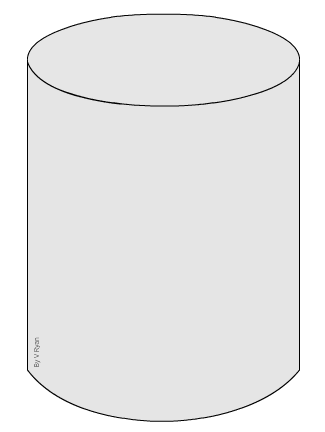 |
|
Developments / nets are supplied in a vast range of shapes. One of the
most common of shapes is a cylinder (above). Tins are frequently used to
contain food and drink products - these are cylinders.. Tin cans are
seen everywhere and some examples are shown below. |
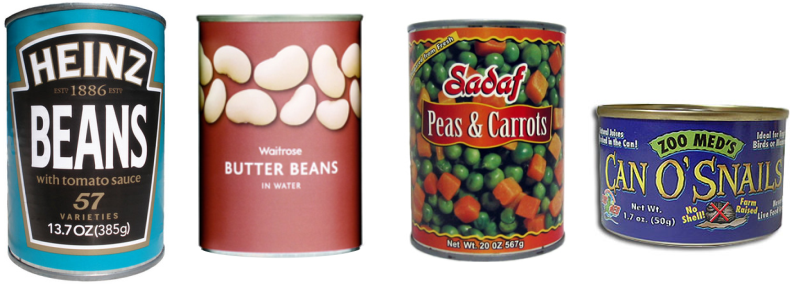 |
| The basic
development / net of a cylinder is drawn below. A simple cylinder can be
made from a rectangular piece of card with a tab at one end. The card can
be ‘rolled’ to form a cylindrical shape. A circular base is then added and
the same for the top. This may sound easy but getting the measurements of
the circular base / top to match the rectangle is very difficult. |
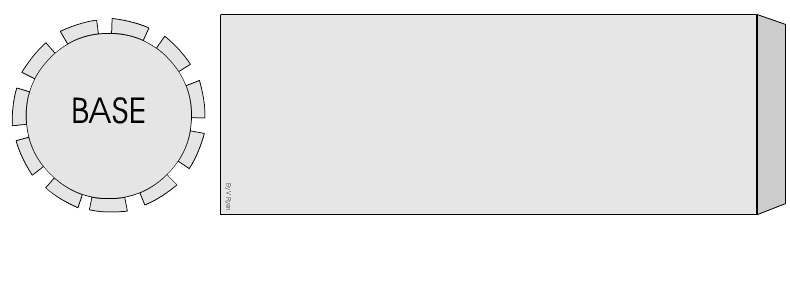 |
| DRAWING THE
NET / DEVELOPMENT OF A CYLINDER ACCURATELY |
| |
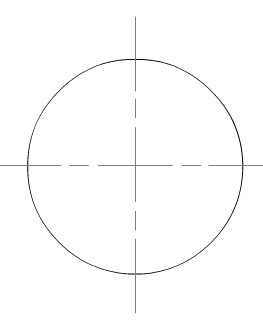 |
1. Using a compass, draw
the circle that will represent the base / top of the cylinder. |
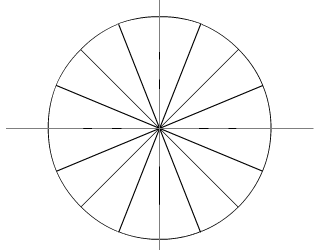 |
2. Divide the circle
into a number of equal parts, using a protractor or set square. The circle
seen in this example has been divided into 16 equal divisions. |
| 3. Use a pair of dividers or even a pair of
compasses, to measure the distance representing one division. |
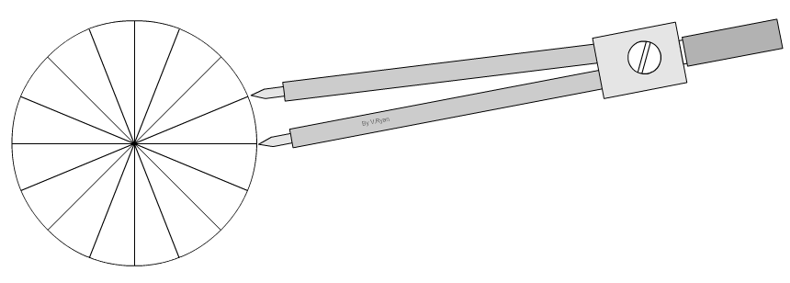 |
| |
|
|
| |
| 4. Draw a
horizontal line and use the dividers to mark out 16 divisions along it. |
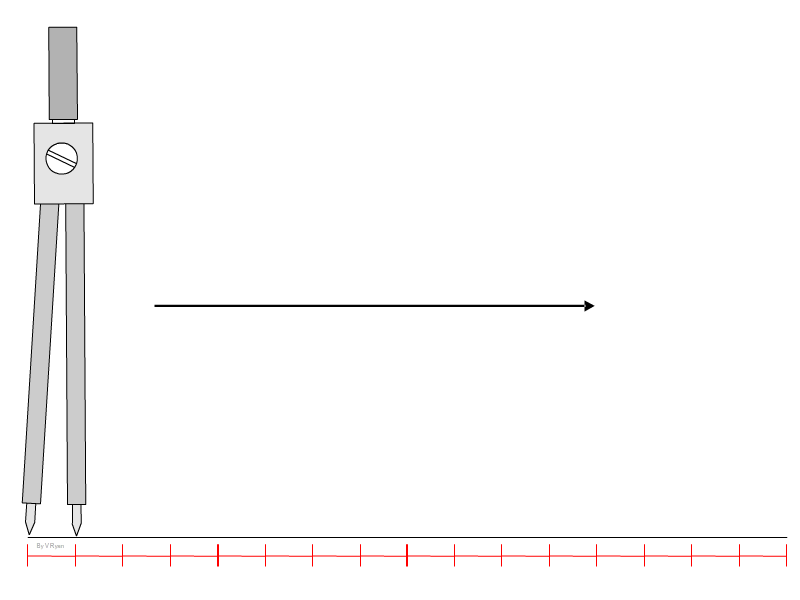 |
| 5. Add the
height of the cylinder and a tab. |
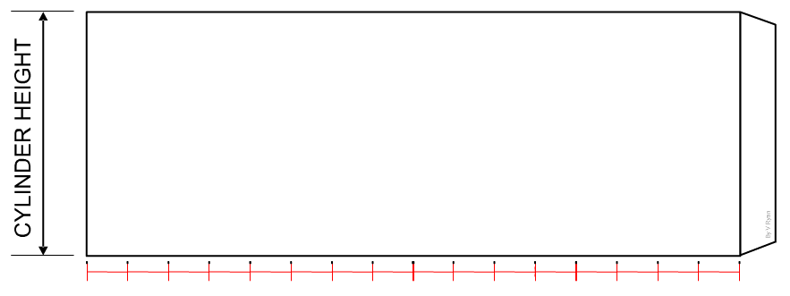 |
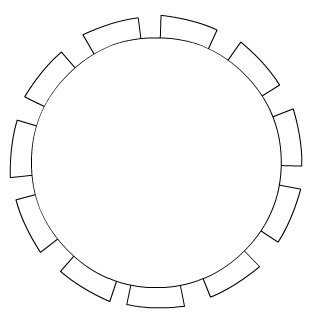 |
6. Add tabs to the
circular base and top. |
| 7. The
cylinder net / development is now complete and ready for images, product
name, bar code, ingredients etc.... to be added. |
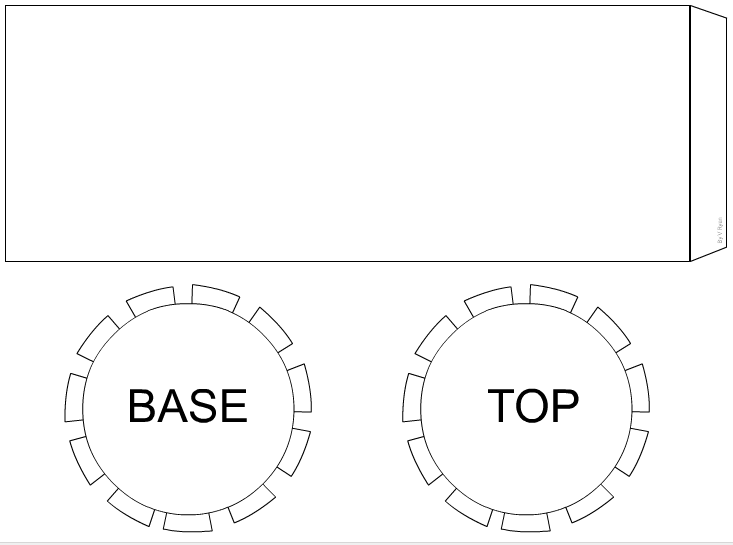 |
| |
|
|
| |
|
CLICK HERE FOR GRAPHICS INDEX
PAGE |
| |
| |









